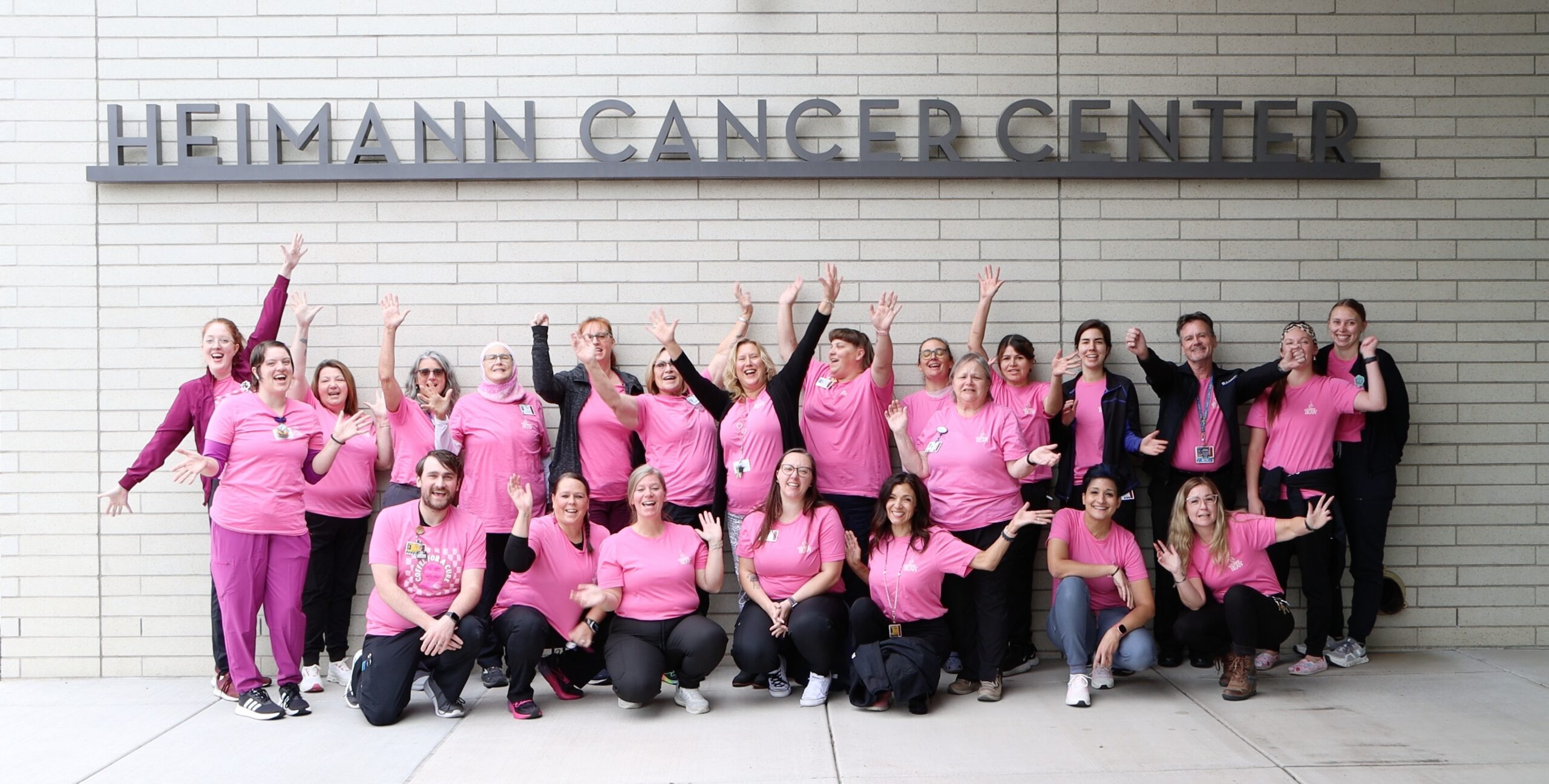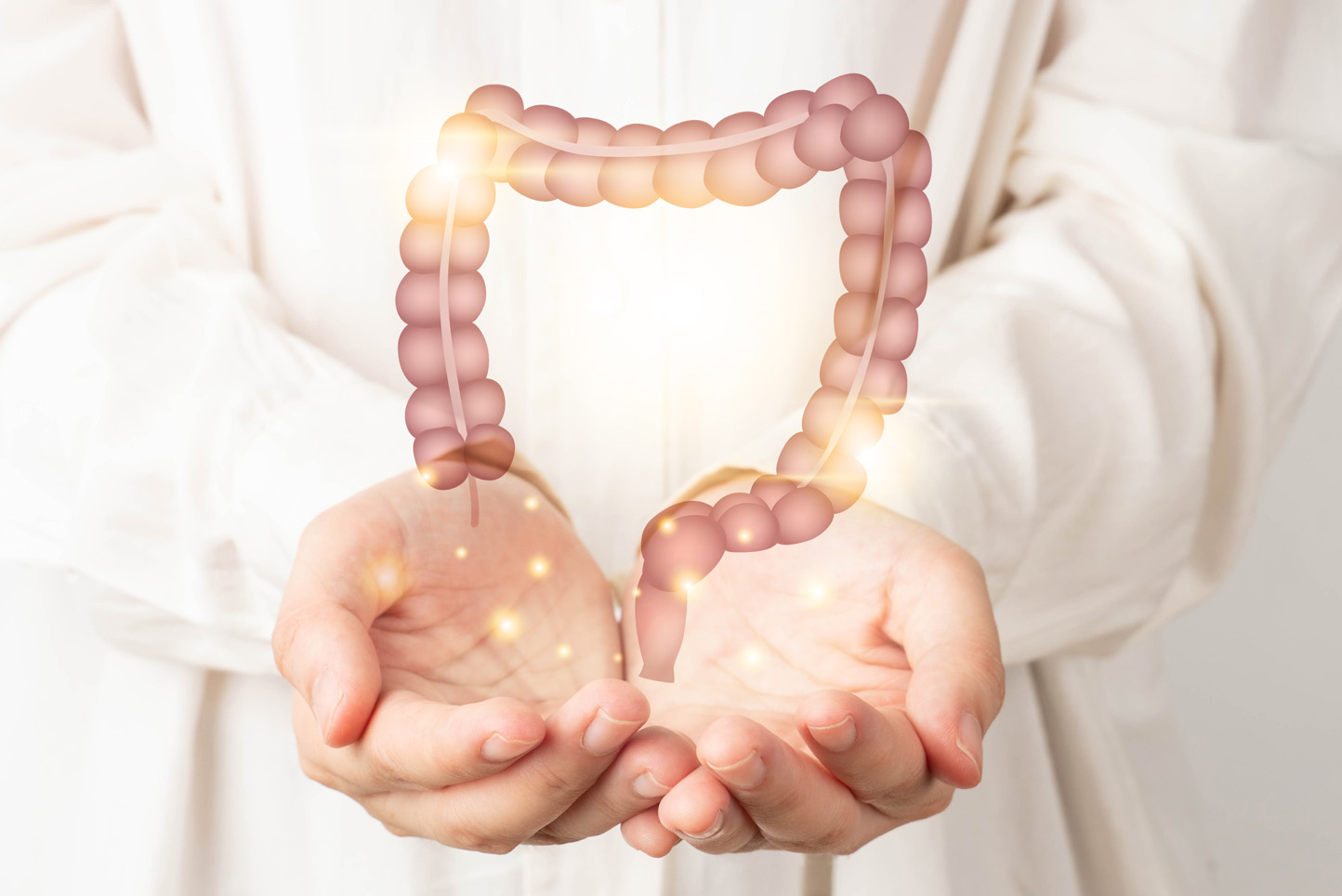Summary
In this article, Beth Coker discusses risk factors and treatment options for the 80% of Americans who will experience low back pain at some point in their lives.
Lower back pain is very common. It causes more disability worldwide than any other condition. In the U.S., is it estimated that 80% of Americans suffer at least one episode of low back pain in their lifetime.
Low back pain can result from many different injuries, conditions or diseases — most often, it’s an injury to muscles or tendons in the back.
Pain can range from mild to severe. In some cases, pain can make it difficult or impossible to walk, sleep, work or do everyday activities.
An acute bout of low back pain can leave you feeling immobilized for days or even weeks.
Risk factors
- Age: People over 30 have more back pain. Disks wear away with age. As the disks weaken and wear down, pain and stiffness can result.
- Weight: People who are overweight/obese or who carry extra weight are more likely to have back pain due to pressure on joints and disks.
- Core: Weakened abdominal muscles can’t support the spine, which can lead to back strains and sprains.
- Lifestyle: People who smoke, drink alcohol excessively or live a sedentary lifestyle have a higher risk of back pain.
- Work: Jobs and activities that require heavy lifting or bending can increase the risk of a back injury.
- Genetics: People who have a family history of osteoarthritis, certain types of cancer and other disease have a higher risk of low back pain.
- Mental health: Back pain can result from depression and anxiety.
Lower back pain usually gets better with rest, ice and over-the-counter pain relievers. After a few days of rest, you can start to get back to your normal activities. Staying active increases blood flow to the area and helps you heal.
Other treatments include:
- Medications: Nonsteroidal anti-inflammatory drugs or prescription drugs to relieve pain.
- Physical therapy: Strengthens muscles and improves flexibility, which helps you avoid another injury.
- Massage: Can relax tight muscles, reduce pain and improve posture alignment.
- Steroid injections: Can relieve pain and reduce inflammation.
To reduce your risk of a back injury, you should:
- Maintain a healthy weight. Your body mass index should fall between 18.5 and 24.9.
- Strengthen your abdominal muscles: Pilates, yoga and strength training are just a few of the ways to strengthen your core.
- Lift the right way: Lift with your legs (not your back). Hold heavy items close to your body. Try not to twist your torso while you’re lifting.
As with any injury, talk to your provider if back pain doesn’t go away or if you’re unable to do the activities you enjoy.









